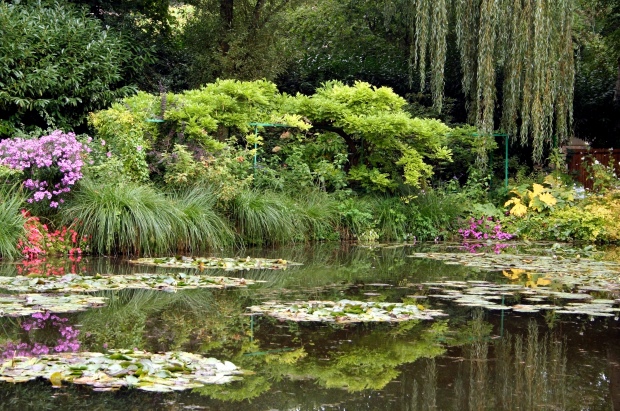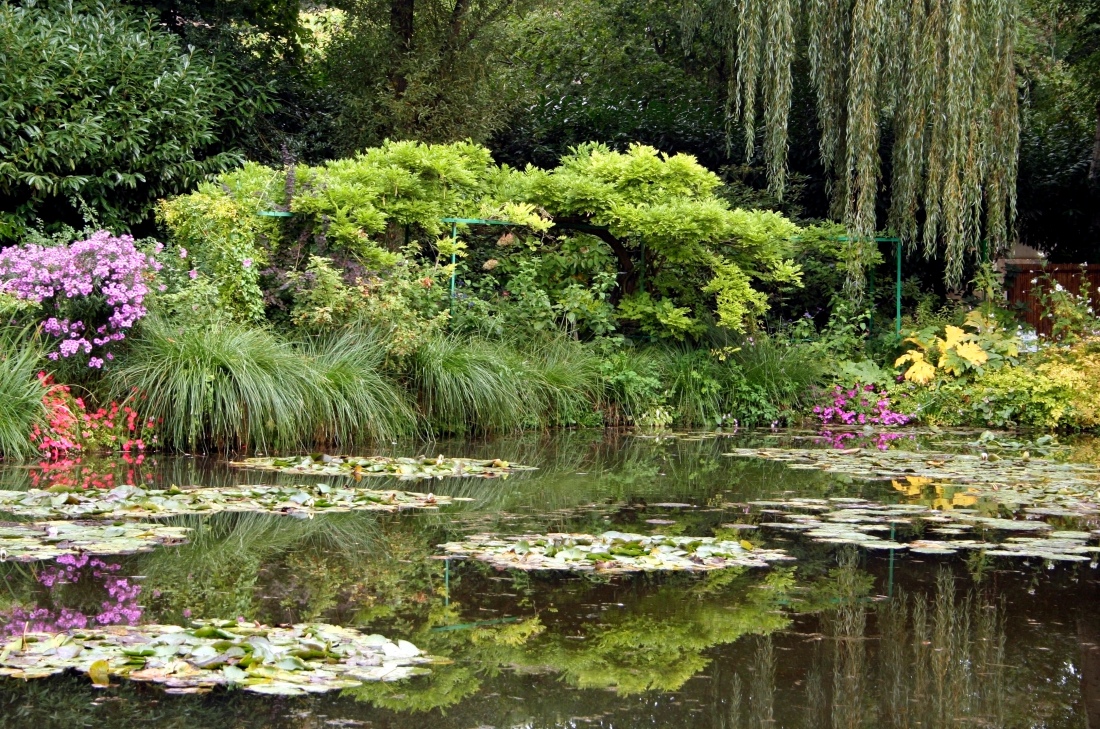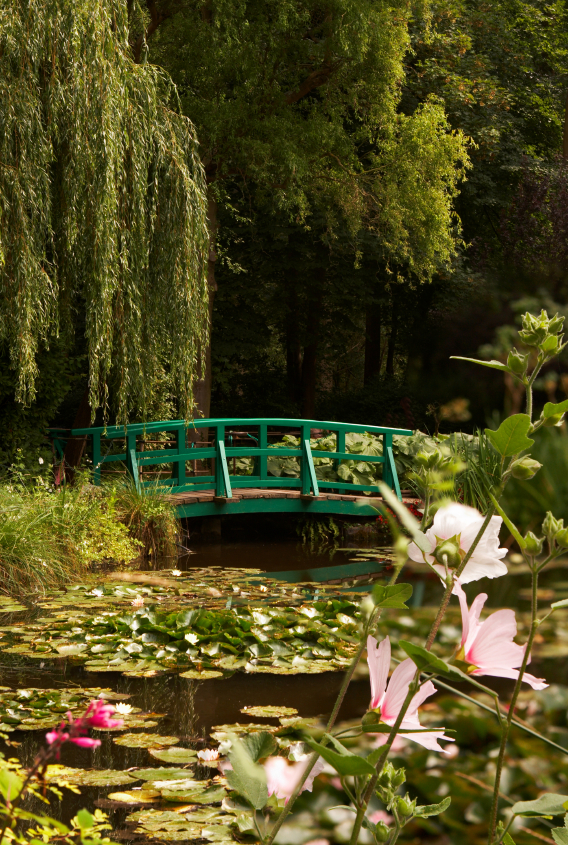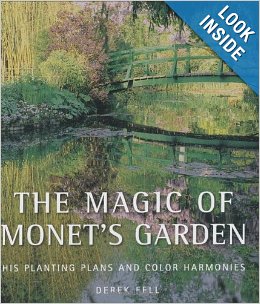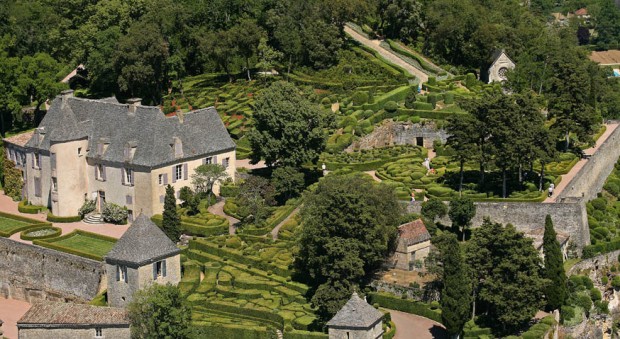 Inspired by the lovely gardens of the late Nicole de Vesian in Provence, I am working on developing a clipped garden to the north of our kitchen, so the view from our balcony will always be green and orderly. Not that I’m really the orderly type – but over the past few years I have found the profusion of roses, foxgloves and delphiniums I had planted in long and deep perennial beds, slightly overwhelming and busy. And when the gorgeous, blowsy spring show is over and the harsh light of the Australian summer burns out the colour, the effect looks raggedy very quickly. And by Christmas it is tired and hot and exhausted.
Inspired by the lovely gardens of the late Nicole de Vesian in Provence, I am working on developing a clipped garden to the north of our kitchen, so the view from our balcony will always be green and orderly. Not that I’m really the orderly type – but over the past few years I have found the profusion of roses, foxgloves and delphiniums I had planted in long and deep perennial beds, slightly overwhelming and busy. And when the gorgeous, blowsy spring show is over and the harsh light of the Australian summer burns out the colour, the effect looks raggedy very quickly. And by Christmas it is tired and hot and exhausted.
So bit by bit I’m removing all the flowering perennials from the section closest to the house and replacing them with clipped box, cistus, bay, Viburnum Tinus and miniature abelia. It requires a lot of patience as the plants need to be spaced far enough apart for future growth and so there’s a lot of mulch still on view! But one day, I am dreaming of a view such as this seen at the Château de Marqueyssac.
The Gardens Of Marqueyssac
Comfortably nestled into the hills of Perigord are the Gardens Of Marqueyssac. The gardens were planted in 1861 by Julien De Cerval – a maniacal gardener who gave the last thirty years of his life to build Marqueyssac. Boxwoods were chosen as a key plant of the garden because of their fullness, robust texture, and radiant green color. Every path in the garden was put there with an acute intent, what seems accidental and whimsical, was in fact carefully thought out. De Cerval wanted to create a romantic experience for the garden’s visitors where they would get lost within the paths and enjoy the organic shapes of the plants. In recent years the gardens and nearby castles went under a full renovation to restore De Cervals early dream of the garden and bring people from all over the world to witness it.

